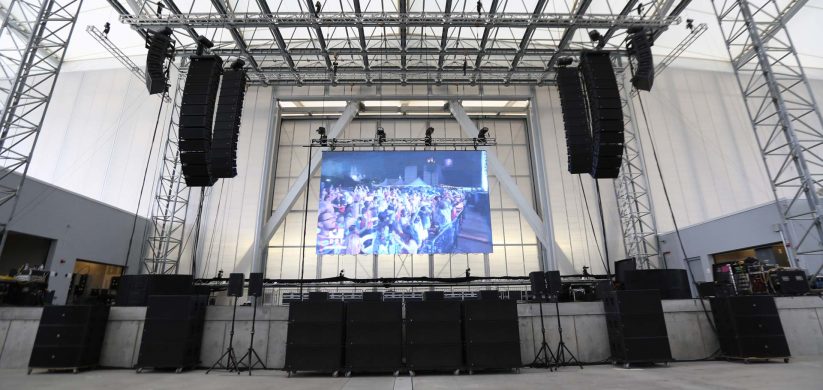Perfecting Color Accuracy in Light Emitting Diode Wall Adjustment for Stunning Graphic Presentations
Perfecting Color Accuracy in Light Emitting Diode Wall Adjustment for Stunning Graphic Presentations
Blog Article
Color accuracy is essential for creating stunning visual displays, particularly when employing LED walls. These large screens are commonly found in locations like music venues, athletic arenas, and promotional billboards. When the hues on an LED screen are not correct, the images can look dull or distorted, which can impact the total impression for audiences. Therefore, perfecting color accuracy in LED wall calibration is crucial for attaining lively and realistic visuals.
The first step in guaranteeing color accuracy is understanding how LED technology works. LEDs, or light-emitting diodes, generate light in multiple shades by mixing red, green, and blue (RGB) light. Each pixel on an LED wall consists of these three hues. When tuned properly, the combination of RGB can create a wide range of colors. However, if one hue is too intense or too dim, it can throw off the entire screen. This is why tuning is needed to equalize the colors and achieve the desired graphic result.
Calibration entails modifying the settings of the LED screen to make sure that the colors shown match the initial content as closely as feasible. This process usually involves using specialized software and hardware instruments. Technicians often use color assessment devices, such as color meters, to analyze the hues being displayed. By contrasting the measured colors to benchmark color values, they can make exact adjustments. This guarantees that the hues are not only vibrant but also uniform across the entire display.
Another important factor of color accuracy is comprehending the environment in which the LED wall is employed. Factors such as surrounding light can considerably affect how hues appear. For example, a well-lit lit room may fade site link colors, making them look less lively. To counteract this, technicians may modify the luminosity and contrast configurations of the LED wall. Additionally, they may select particular color profiles that are better suited for different lighting environments. This adaptability helps preserve color accuracy irrespective of the viewing surroundings.
Finally, regular maintenance and re-tuning are crucial for keeping an LED wall looking its finest. Over time, the functionality of LEDs can change due to factors like degradation and heat fluctuations. Regular checks and modifications can help ensure that the colors stay accurate and vibrant. By committing time in appropriate calibration and maintenance, venues can offer audiences with stunning graphic presentations that enhance their total impression. Mastering color accuracy in LED screen calibration is not just a technical job; it is an expertise that contributes to the wonder of graphic storytelling.